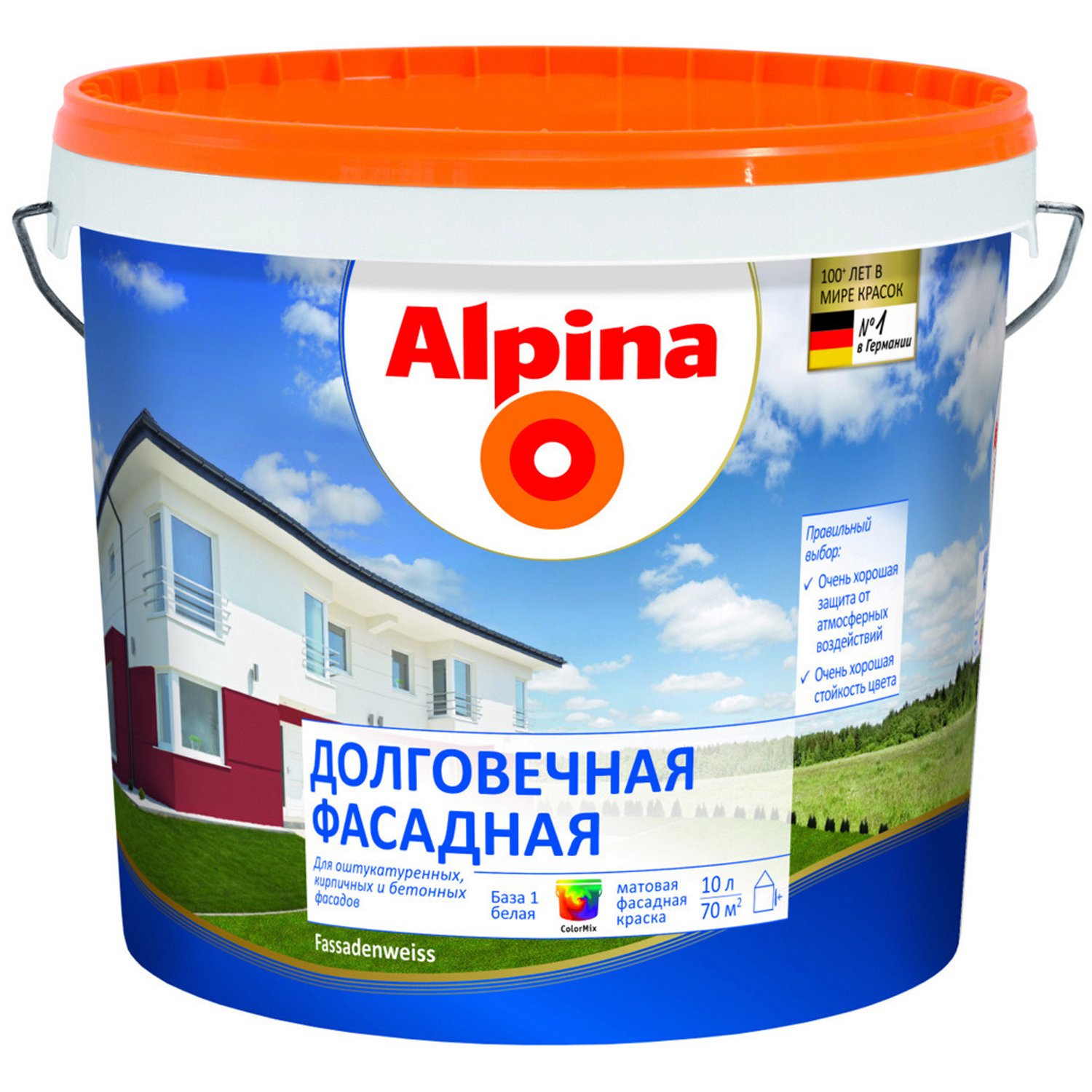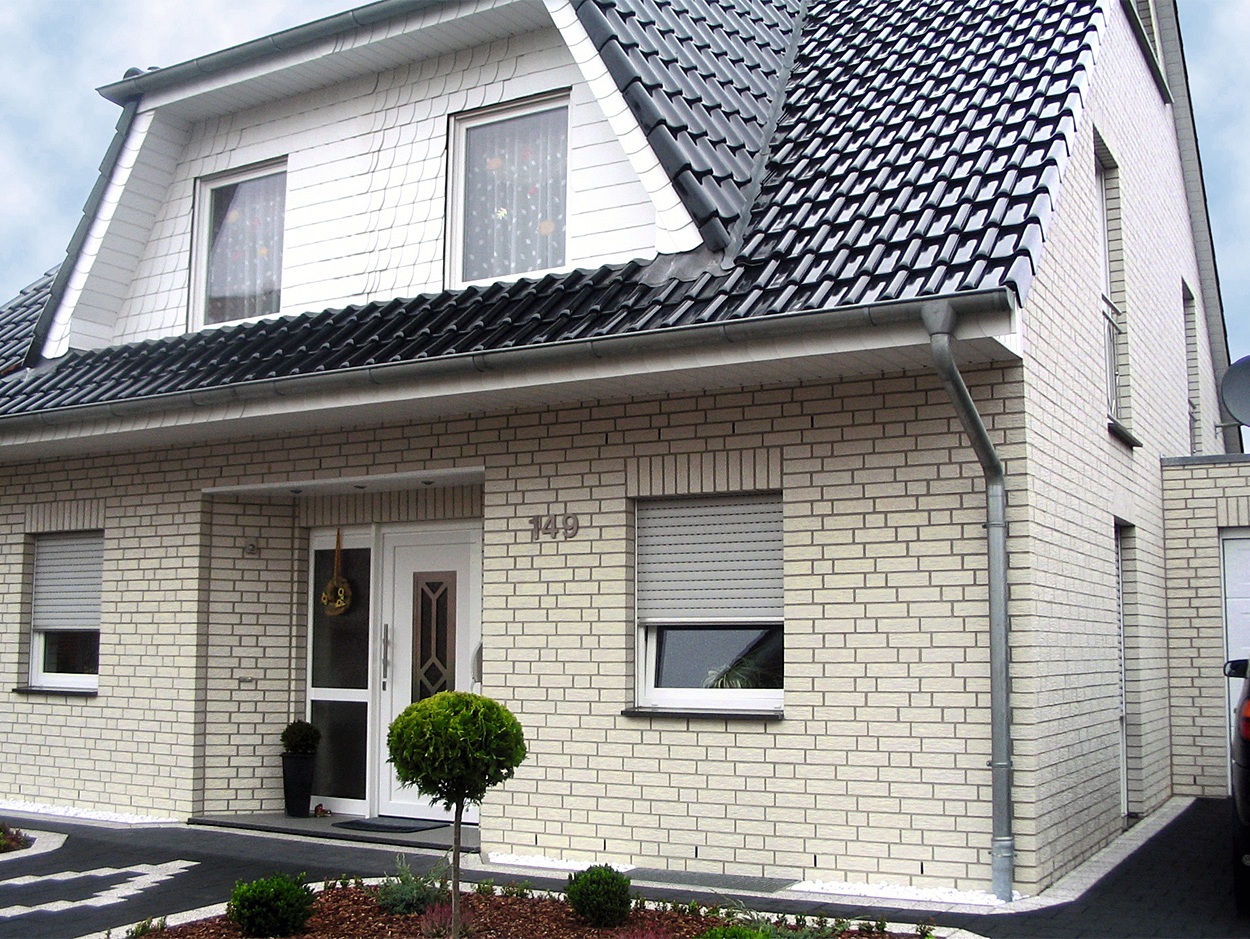Facade types of paints are intended for outdoor work. All of them have their own distinctive features, advantages and disadvantages. They work on bricks with special compounds designed to increase the strength of the material.

Criterias of choice
Brick walls, to give them a more aesthetic appearance, in most cases, do not paint. Coatings are processed to protect against external negative influences, making the brick more resistant to high humidity and temperature extremes. There are general requirements for coloring compositions intended for painting bricks.
When choosing, you should be guided by such important criteria:
- resistance to ultraviolet rays, otherwise there is a threat of fading, cracking and peeling of the outer layer;
- high levels of water resistance, allowing you to protect the coating from high humidity, rain and snow;
- optimal vapor permeability, which contributes to the "breathing" of such a porous material as a brick, and producing a full-fledged moisture exchange that normalizes the humidity in a living room;
- long service life of the paint and varnish product and its resistance to any alkali effects, which is possible only with high-quality components and the right manufacturing technology.

There are other requirements that help you choose the right option:
- it is desirable to select a material that has an average drying rate, making it possible to correct defects, which is impossible when using a quick-drying composition;
- maximum adhesion will give the surface strength and allow you to do without the use of a primer mixture;
- in order to save money, it is necessary to purchase paint that is not too thick - in addition to a high-quality coating, you can achieve a lower consumption per square meter.
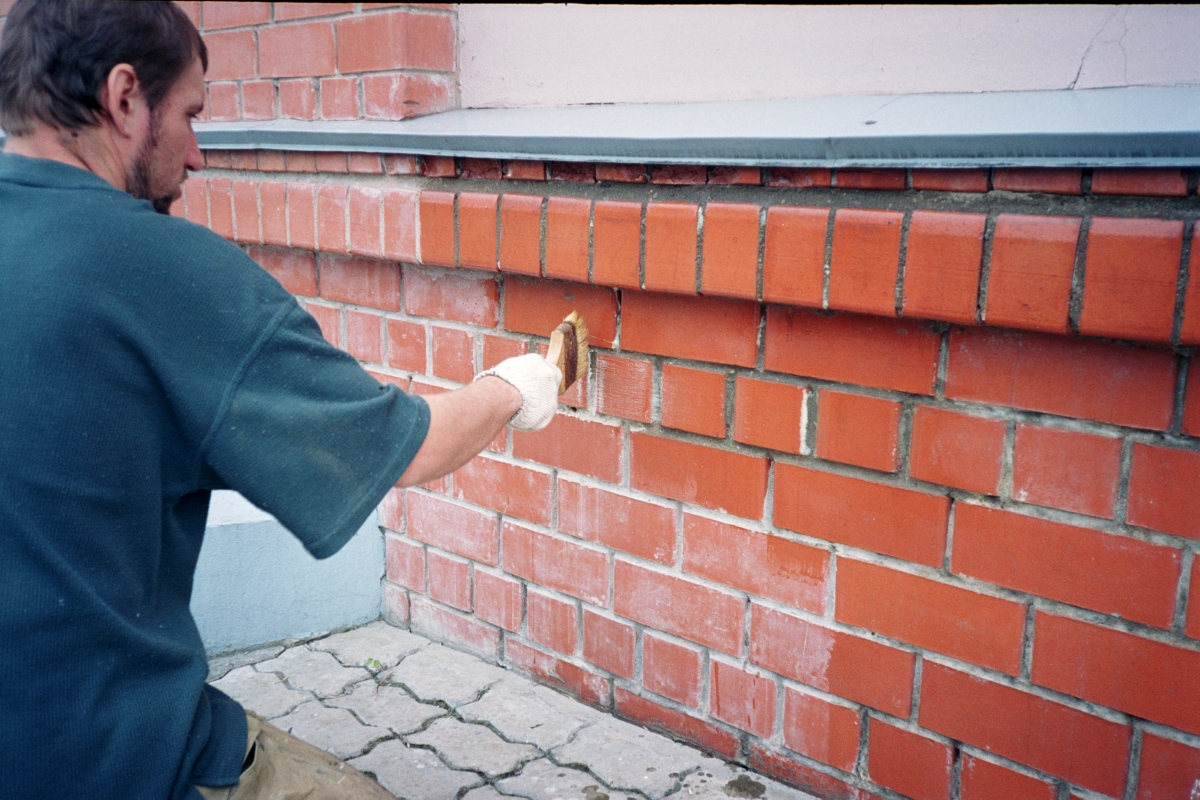

With all the useful qualities of the material, you should not rely on its low cost. It is on the important operational and technical properties that the real price of facade compositions depends.
Water-based color coatings
Water-based paints, which are part of the group of water-dispersion materials, are created on a water basis, which, upon evaporation, forms a colored layer of coloring pigment. Despite the opinion that the composition is easily washed off, this material has the ability to retain its original appearance when exposed to precipitation. Such paints are emulsified in their consistency. In addition to the coloring pigment and water, they contain additives introduced to improve technical qualities - plasticizers and antifreezes.


Defoamers are used to reduce foam formation, and antiseptics are added to prevent mold and mildew.
Facade paint differs from analogues in its resistance to frost and sunlight, it has increased water resistance and repels dirt.
Water-based paints have the following advantages:
- ease of use;
- relatively low consumption per square meter;
- increased vapor permeability;

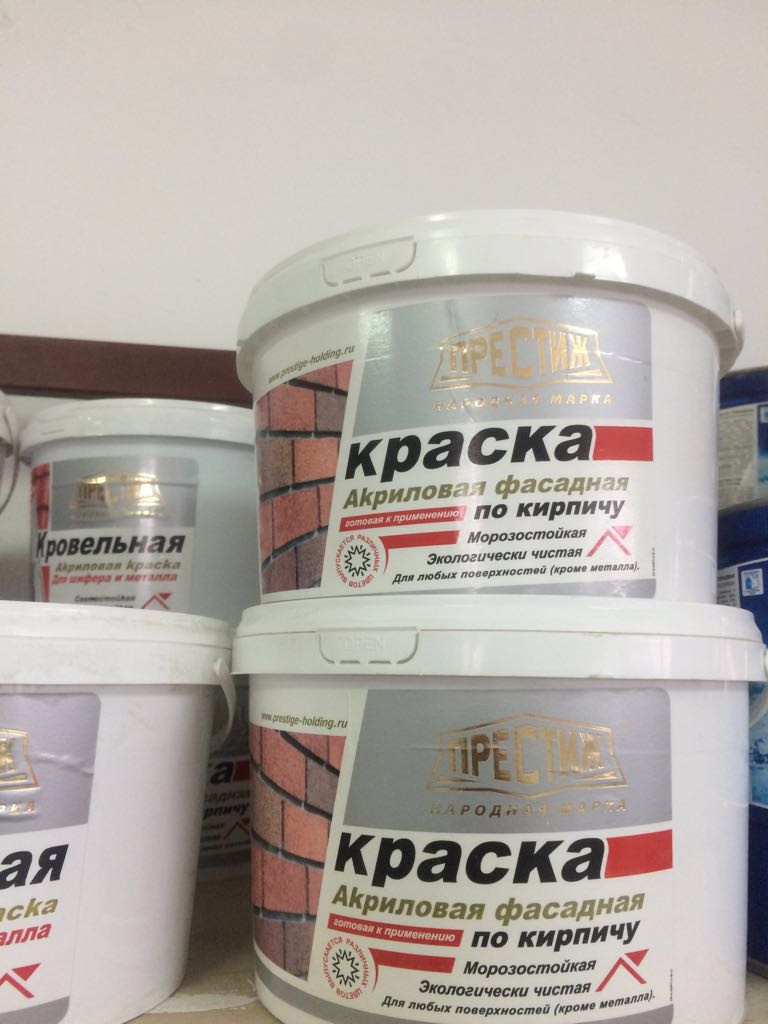
- high fire resistance;
- long service life - up to 5 years;
- no odor due to the natural composition that does not contain toxic substances.
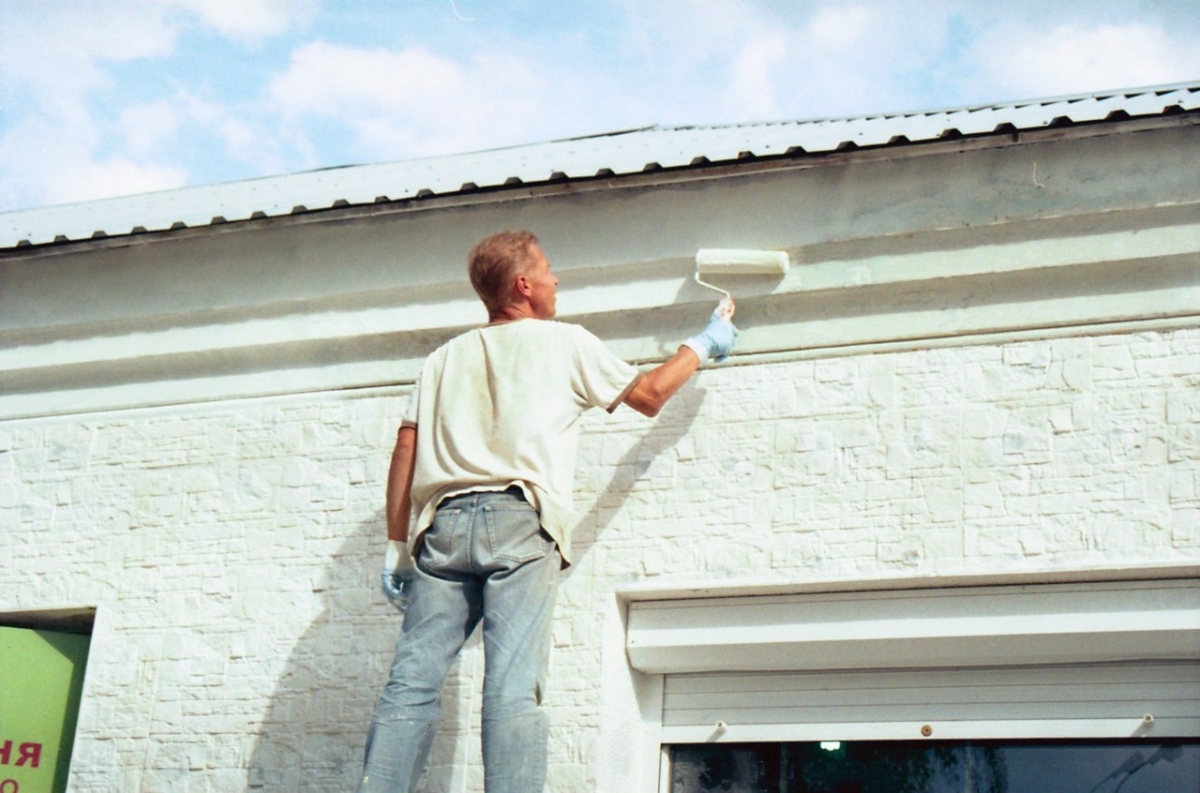
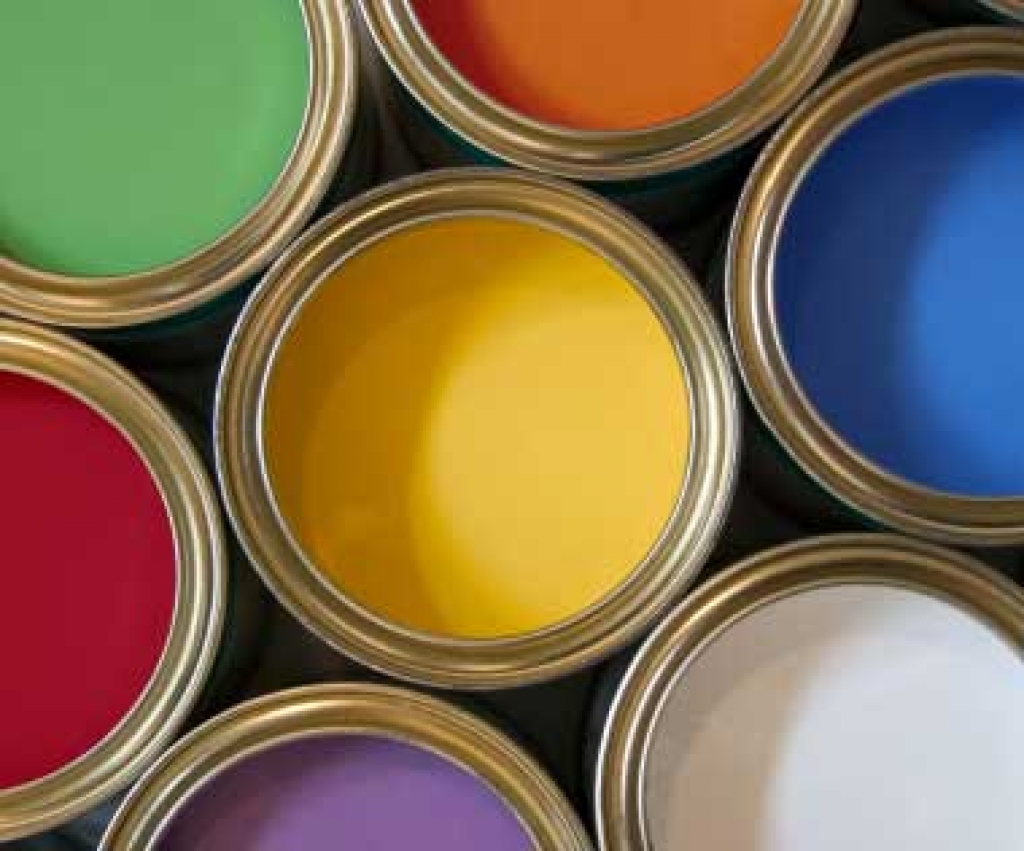
Products have one significant drawback - exposure to water on a fresh, wet surface can cause smudges.

The composition is applied with a brush or roller, for large volumes of work it is recommended to use an airbrush. Spraying provides even staining and high-quality processing of areas with difficult accessibility. This reduces material consumption and increases the speed of the workflow. Water-soluble compositions are suitable for silicate, gypsum, simple bricks, as well as for stoves and stove heating pipes.
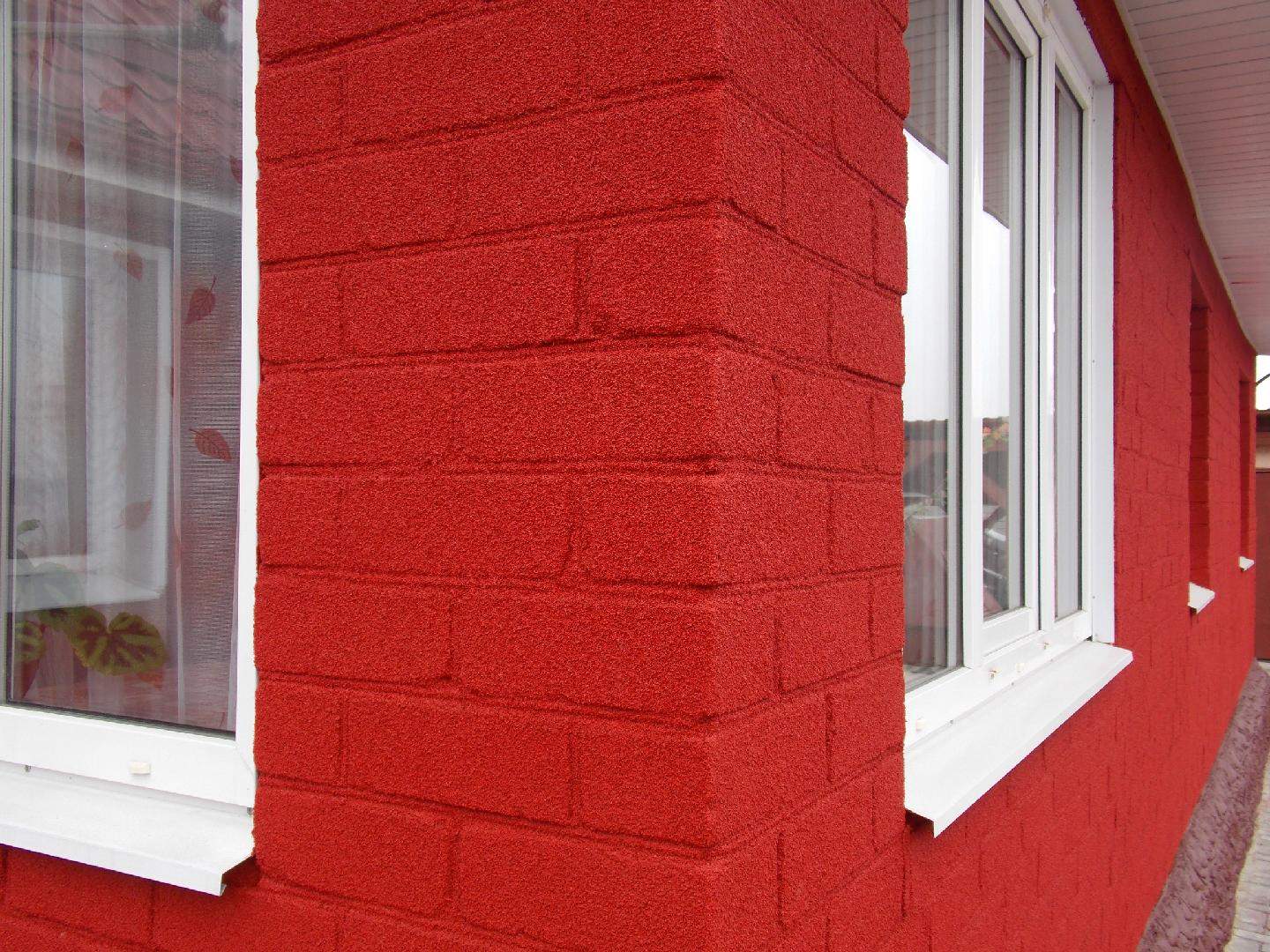
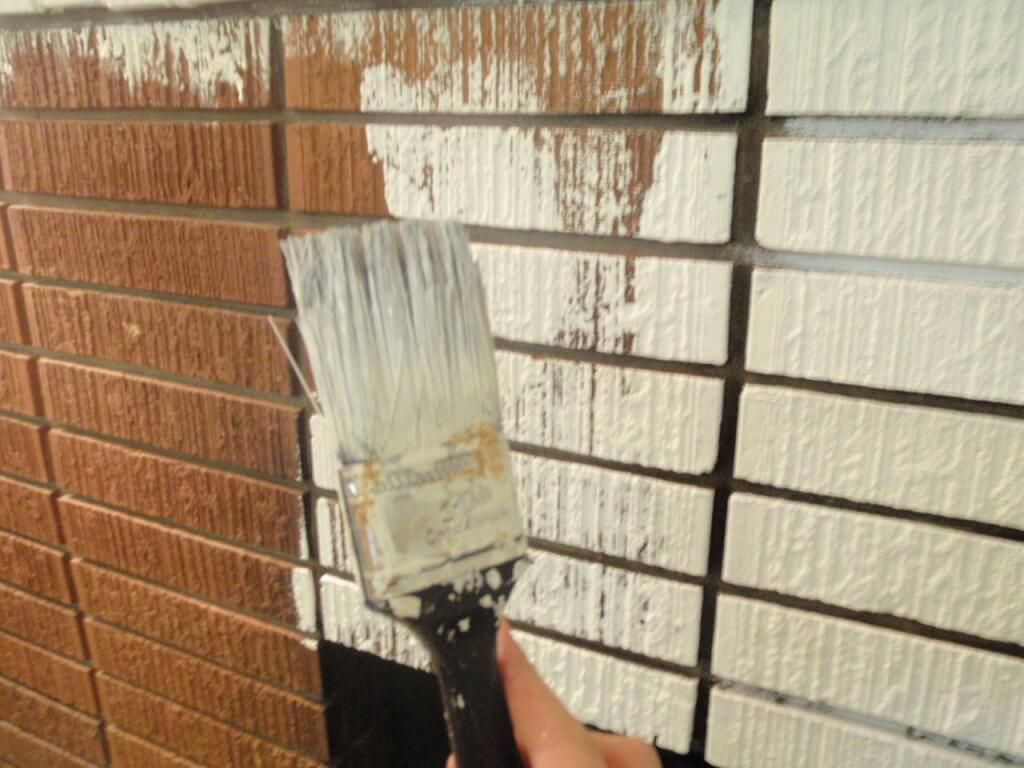
Acrylic Latex Compounds
For a facade with brickwork, acrylic mixtures are successfully used. These are water-based materials, which, as emulsifiers, include particles of natural or artificial rubber. In fact, latex is the definition of the coloring matter itself and, at the same time, its useful property, which allows you to create a strong protective film on a material such as brick.
The advantages of latex coating are obvious:
- the paint has high vapor permeability and moisture resistance;
- when using, the appearance of bubbles is excluded;
- the treated surfaces dry quickly, are resistant to the aggressive effects of alkalis;
- increased mechanical wear resistance and durability of the base;
- using different proportions, you can achieve the effect of a matte or shiny finish.
Salt stains are a dangerous destructive process that brick can undergo, but using latex acrylic mixtures can solve this problem, since the protective layer prevents efflorescence.
In addition, the paint is not afraid of temperature changes, ultraviolet radiation, it has optimal elasticity and high adhesion. The material is considered safe because it does not contain organic solvents. However, the disadvantages of such coverage still exist. Acrylic compositions containing latex cannot protect the facade from the growth of microbes. In addition, at high temperatures, the material can ignite, which leads to cracking of brick walls.
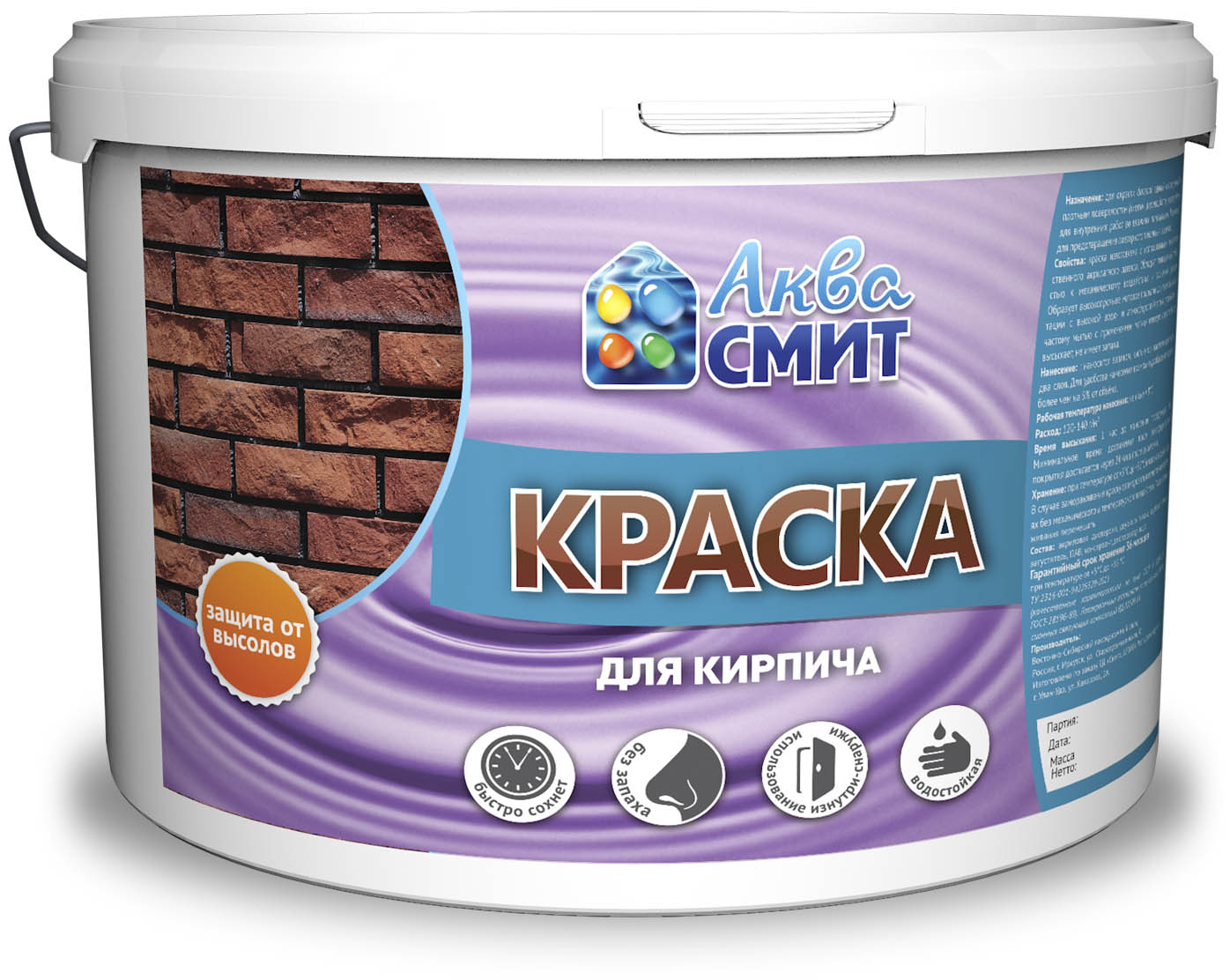

Alkyd facade materials
The coloring material is obtained by mixing alkyd resins, pigments and a solvent. Before staining, the composition must be diluted with kerosene or drying oil. Additional substances in the form of heat polymer, antifungal and pixotropic components improve the performance of the paint.
The advantages of alkyd compounds are:
- the formation of a dense protective layer on the brick;
- quick drying, unlike oil paints;
- water-repellent properties and high wear resistance;
- resistance to chemical detergents.

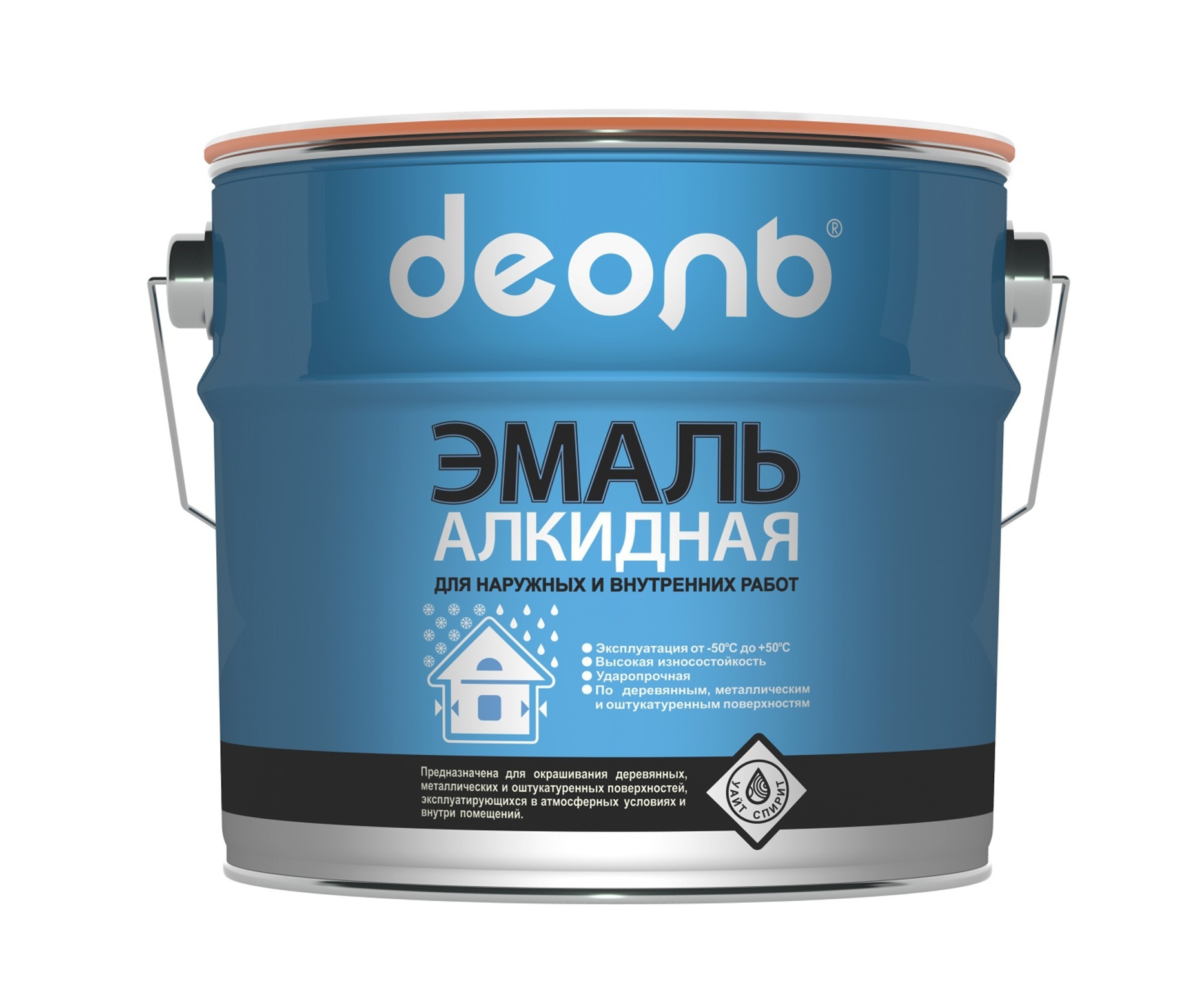
However, it is necessary to work with this material with caution - it cannot be classified as harmless substances, moreover, it has an unpleasant pungent odor. Other disadvantages are low refractoriness, insufficient adhesion, poor color gamut. This is not the most popular type of paint for painting brick walls.
Silicate paints for outdoor use
For such a mineral surface as a brick, facade silicate material is suitable. The durability and reliability of such a coating is due to the composition containing chromium oxides, lead, blue, talc, white and liquid glass.
Advantages of silicate paints:
- antifungal effect;
- long-term operation;
- immunity to household chemicals;
- ease of application;
- resistance to ultraviolet rays, moisture and critical temperatures;
- affordable price.
